The Book That Grew
Extraits
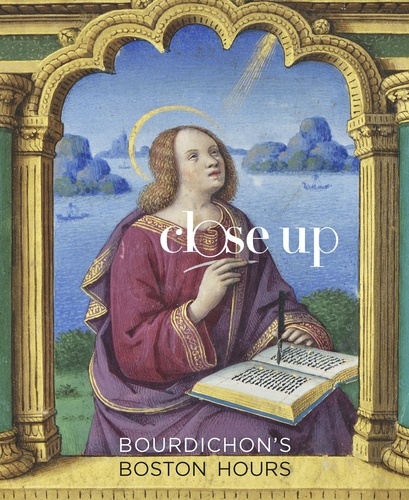
Beaux arts
Bourdichon's Boston Hours
09/2021
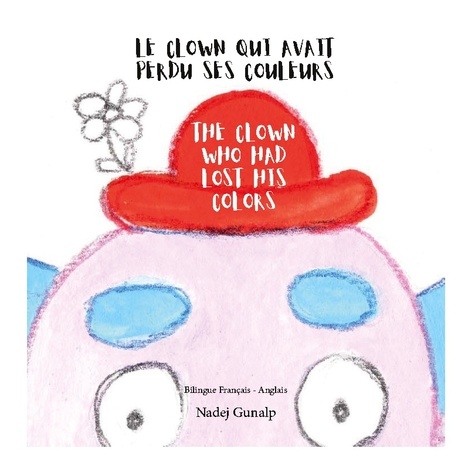
Autres éditeurs (A à E)
Le clown qui avait perdu ses couleurs. Edition bilingue français-anglais
07/2022
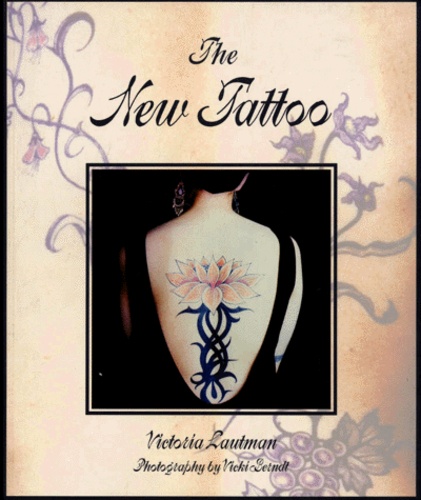
Décoration
The New Tattoo
01/1994

Ethnologie
Clashing Cultures. Annang Not(with)standing Christianity – An Ethnography
12/2001
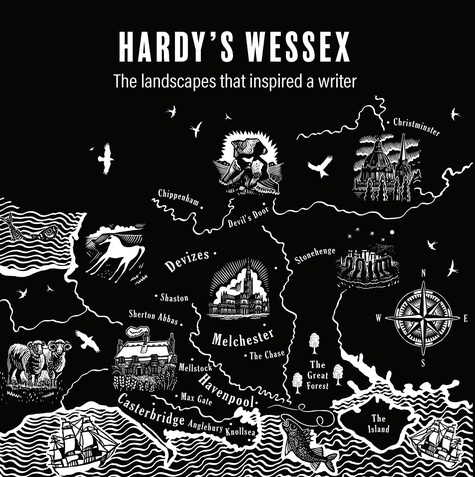
Monographies
Hardy's Wessex. The landscapes that inspired a writer
06/2022
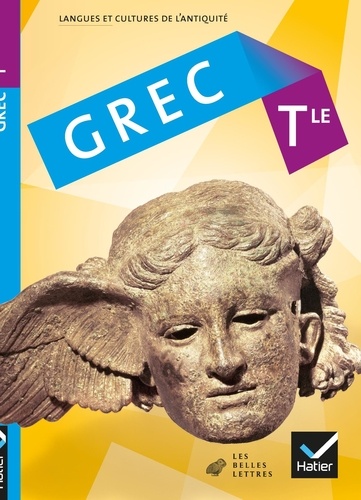
Scolaire lycée général et tech
Grec Tle
05/2009
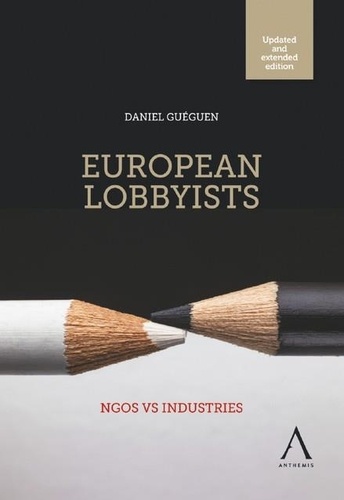
Droit européen des affaires
Lobbyst. Revelations from the EU Labyrinth, 2e édition
12/2023

Informatique
CORBA DEVELOPERS'S GUIDE WITH XML. CD-ROM included
01/1999

Sciences de la terre et de la
The Biomechanics of Insect Flight. Form, Function, Evolution
01/2000

Lecture 6-9 ans
L'énigme du sabre. Edition bilingue français-anglais
06/2018
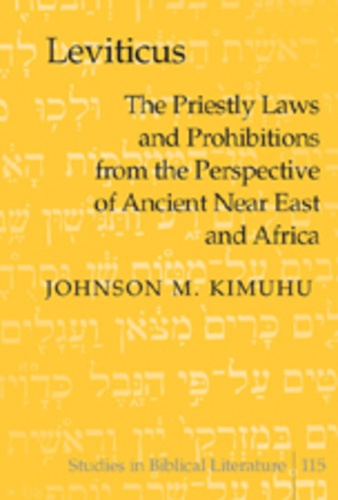
Religion
Leviticus
02/2008
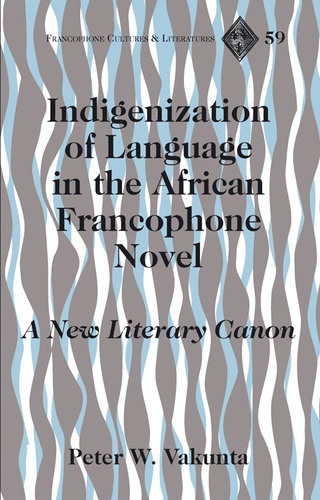
Littérature érotique et sentim
Indigenization of Language in the African Francophone Novel
12/2010
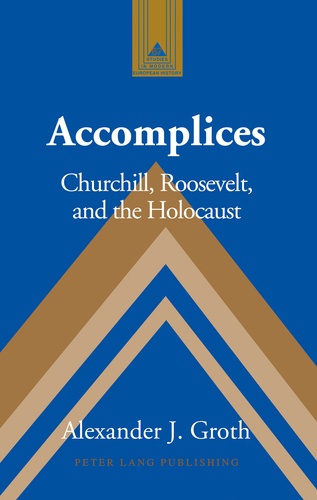
Histoire internationale
Accomplices
06/2011
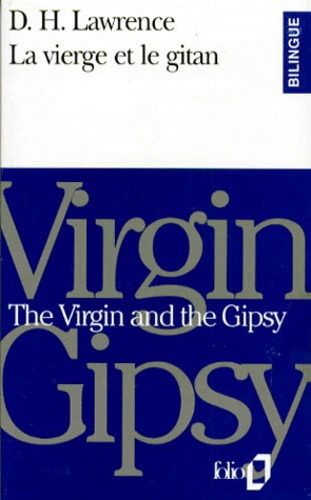
Anglais apprentissage
LA VIERGE ET LE GITAN : THE VIRGIN AND THE GIPSY
02/1993

Histoire de l'art
A History of Arcadia in Art and Literature: Volume II. Later Renaissance, Baroque and Neoclassicism
01/2022
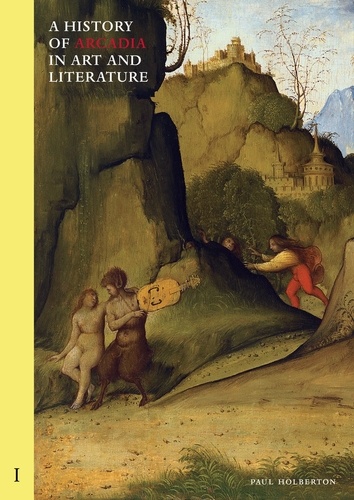
Histoire de l'art
A History of Arcadia in Art and Literature: Volume I. Earlier Renaissance
01/2022

Droit
The Winter of Democracy. Partitocracy in Belgium
06/2022

Religion
Nebulae of Discourse
10/1997
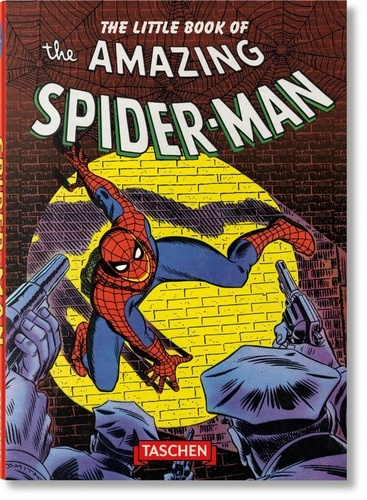
Comics
The Little Book of The Amazing Spider-Man. Edition français-anglais-allemand
10/2017
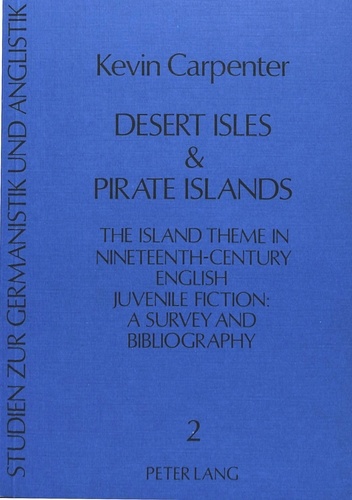
Non classé
Desert Isles & Pirate Islands
12/1984

Histoire internationale
Each Child Is My Only One
05/2014
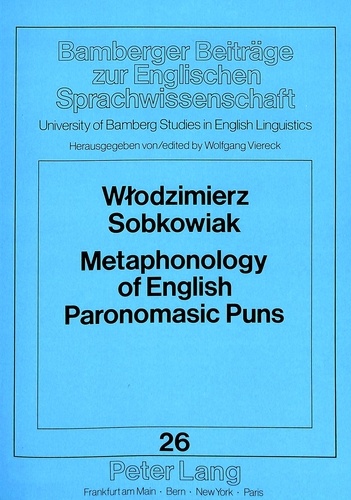
Musique, danse
Metaphonology of English Paronomasic Puns
06/1991
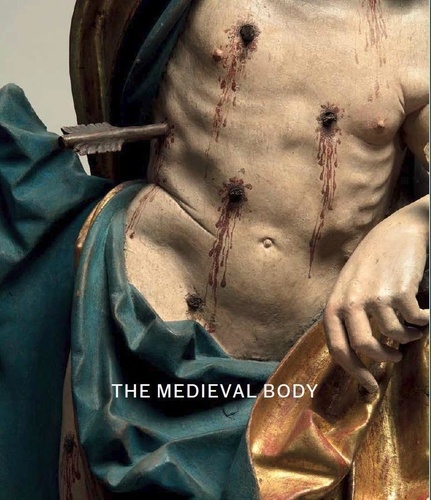
Mouvements artistiques
The Medieval Body
08/2022

Décoration
Idées pratiques pour petits espaces
03/2010

Non classé
Métissage in New France and Canada 1508 to 1886
08/2009
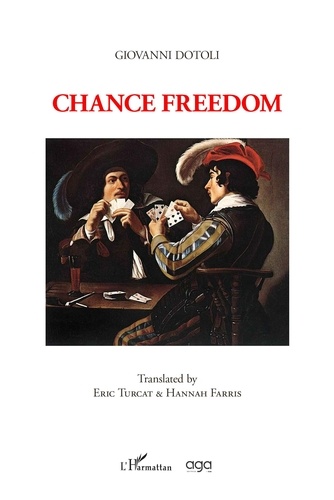
Littérature française
Chance freedom. Translated by Eric Turcat & Hannah Farris
03/2023
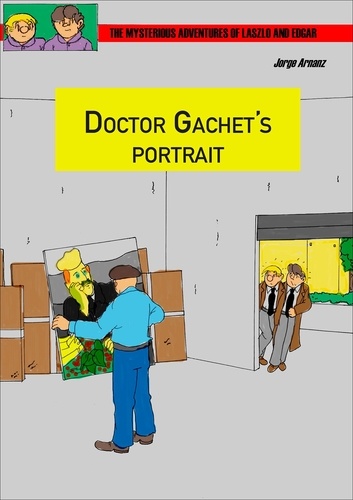
BD tout public
Doctor Gachet's portrait
01/2014

Décoration
Tome de référence des catalogues. Guide de recherche philatélique, Edition 2019
03/2019
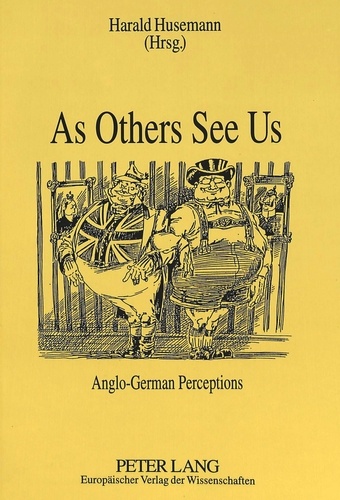
Sciences politiques
As Others See Us
03/1994
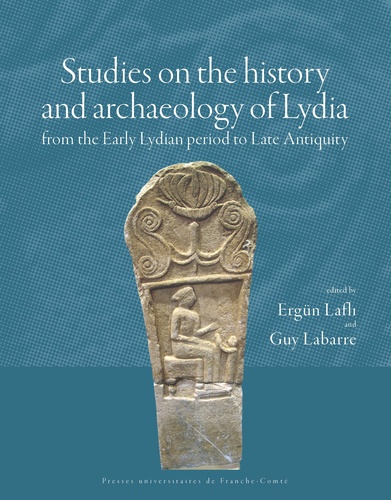
Archéologie
Etudes sur l'histoire et l'archéologie de Lydie de la période proto-lydienne à la fin de l'Antiquité. Textes en français et anglais
02/2023

